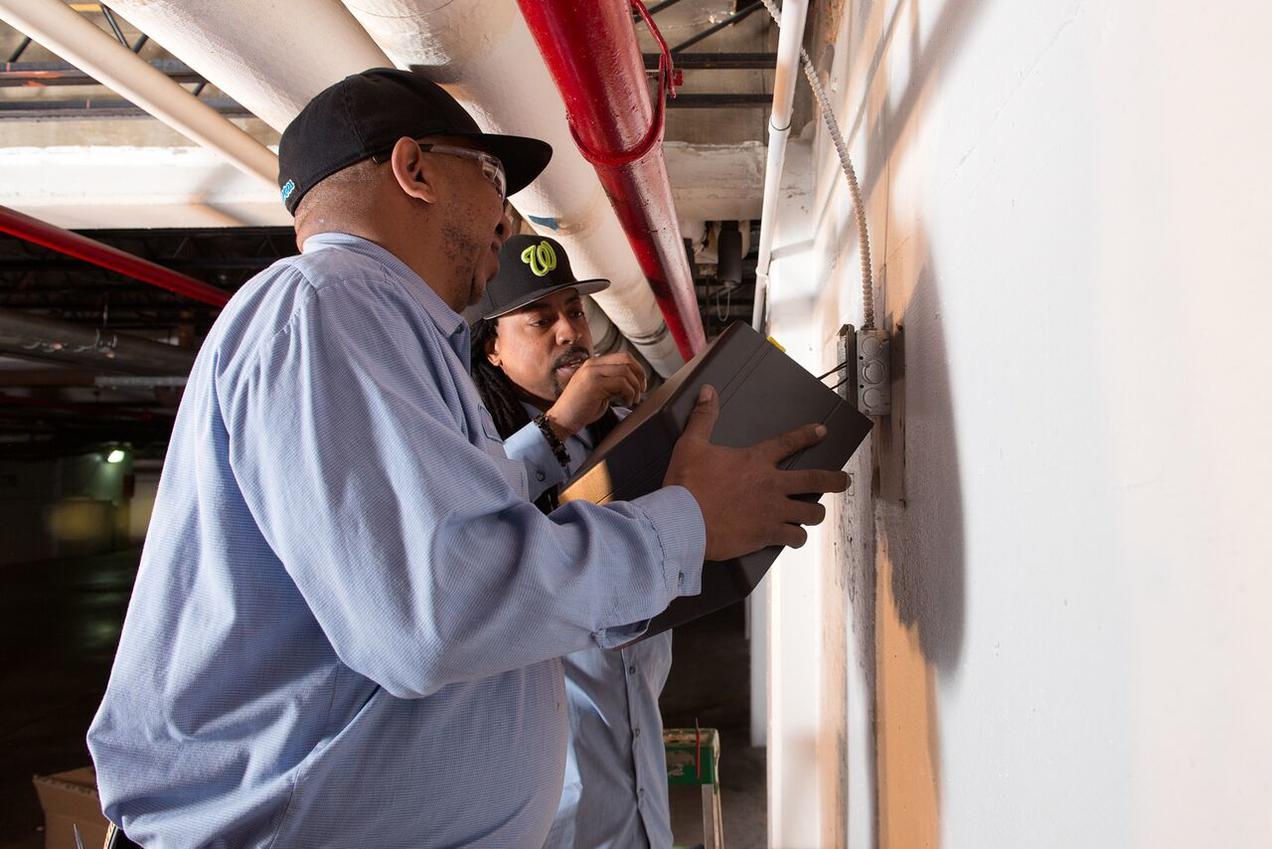Pathways to Clean Energy Can Support Jobs and Communities
By: Lara Ettenson, Director, California Energy Efficiency Policy, Energy & Transportation program
Shifting from polluting fossil fuels to clean energy is critical to staving off the worst effects of climate change and improving health. It also offers an opportunity to create hundreds of thousands more well-paying clean energy jobs that can be accessible to all with the right policies and partnerships.
Every region of the country stands to benefit. But the transition could especially help those moving away from a fossil fuel industry by providing workers and communities with an opportunity to secure a more inclusive, sustainable, and diversified economic future. NRDC is committed to working with affected communities to design policies for an equitable shift that benefits everyone involved.
NRDC’s Clean Energy Pathways Report
The potential for strong job growth from moving to clean energy is brought home by a groundbreaking new NRDC report, “America’s Clean Energy Frontier: The Pathway to a Safer Climate Future.” It lays out an aggressive but achievable plan to cut climate-altering pollution by at least 80 percent by 2050 from 1990 levels.
To reach the goal, we must, among other things, move aggressively to ratchet up energy efficiency, work toward an average passenger vehicle fuel economy of about 100 miles per gallon fleetwide, and generate at least 70 percent of the nation’s electricity from renewables like solar and wind power—all by 2050.
Such measures will help reduce climate impacts and harmful pollution while also driving significant growth in clean energy jobs—like installing solar panels, manufacturing electric cars and energy-efficient appliances, and cutting energy waste in buildings.
Additionally, some communities may choose to invest in industries beyond the energy sector as they shift away from dirty power, including light manufacturing, agriculture, and service-oriented opportunities like recreation and tourism.
As we transition away from polluting sectors, it is critical for workers and communities to define the path for their economic evolution and diversification. But the potential for these new jobs is huge.
The report comes as President Trump has sought to revive the fossil fuel industry in spite of the urgent climate danger, public support for clean energy, and the track record of clean energy as a powerful job engine.
Thankfully, the shift to a low-carbon economy is already underway and cities, states, and businesses have been stepping up to confront the crisis, recognizing that the climate threat is real, and it is urgent. Clean energy today employs nearly 3 million Americans and clean electricity workers outnumber those in the coal, oil, and gas industries combined.
In addition, some regions of the country are already reaping economic benefits from the transition to clean energy and targeted approaches can ensure workers are properly trained to transition to other industries. We see examples of this in Massachusetts, Washington state, and with other efforts to support affected communities. In addition:
- Clean energy has helped to revive the Rust Belt economy and become central to economic growth in the Midwest, yielding nearly 600,000 jobs (up more than 30,000 since 2015).
- Every county in Pennsylvania is also benefiting from the clean energy economy that offers family-sustaining wages to tens of thousands of the clean energy-related construction jobs. They are located in rural areas like the Laurel Highlands—as well as big cities like Philadelphia, Pittsburgh, and Harrisburg—building wind farms, developing new technologies, and retrofitting buildings to make them more energy efficient.
- California’s San Joaquin Valley, suffering from unemployment higher than the state average, has seen more than $13 billion in economic benefits due to climate policies including more than 100,000 renewable energy and energy efficiency jobs being created between 2002 and 2015. Similar trends are seen in Southern California’s Inland Empire, another area in need of economic renewal.
The theme of a recent conference organized by the Blue Green Alliance (of which NRDC is a member) was to work together on these critical issues to ensure success. Labor unions, environmental justice organizations, and environmental advocates each have unique skills that when combined become an incredible force to move toward a clean and fair economy, especially in face of the strong opposition coming out of Washington, D.C.
We have the opportunity to expand on this by working side-by-side with other advocates, cities, and community members to ensure that those areas needing to diversify or shift to a new industry can do so. Communities have unique expertise that can guide the impending transition toward more sustainable industries.
NRDC’s report makes a number of recommendations to help us reach our climate goals and calls on federal and state officials to adopt policies that support workers and communities, such as support for retraining programs, providing incentives for companies that give priority in hiring the newly trained workers, and identifying funding that can help a community create a new or more diversified local economy.
As the NRDC report notes, we must strive to ensure that the transition to clean energy creates jobs and economic opportunities for every American, across regions and social strata. It’s up to all of us to make sure communities and their workers are part of the solutions that improve our health, our economy, and our environment.











